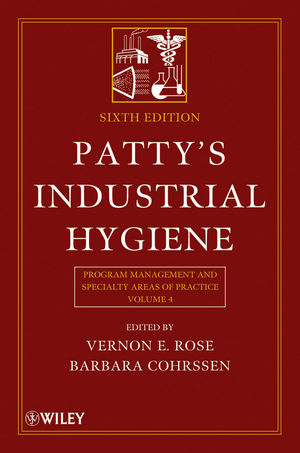Number of flu sufferers rising rapidly

If you are getting the impression that the flu season is worse than usual this year, you’re right. The Centers for Disease Control and Prevention (CDC), which tracks the number of people who seek treatment for the flu, confirms that the numbers are higher than last year in all regions of the country.
“There’s lots of flu in lots of places,” said Dr. Dan Jernigan, Director of the influenza division in CDC’s National Center for Immunization and Respiratory Diseases. “Our team that does this kind of surveillance studies has been doing this particular thing for 13 years and this is the first year we had the entire continental U.S. be the same color on the graph, meaning there’s widespread activity in all of the continental U.S. at this point.”
Jernigan said there’s been a very rapid increase in the numbers of people with flu symptoms going to see their doctors or health care providers – up 5.8 percent last week from the week before. There were 22.7 hospitalizations per 100,000 people in the U.S. last week – up 13.7 from the week before.
Who is most susceptible?
According to the CDC, the highest rates of hospitalized for the flu are among those over age 65, followed by baby boomers in the 50 to 64-year-old range. Flu-related hospitalizations among children younger than five nearly doubled last week with five children dying, bringing the number of pediatric deaths reported so far to CDC to 20.
“The people that we see affected with H3N2 are the very young, the very old, and those with underlying conditions clearly are showing up in the hospitalization data showing up as being the most affected,” said Jernigan.
CDC Director Dr. Brenda Fitzgerald said influenza A, H3N2, has been the most common form of influenza this season. “These viruses are often linked to more severe illness, especially among children and people age 65 and older. When H3 viruses are predominant, we tend to have a worse flu season with more hospitalizations and more deaths.”
Fitzgerald said that although the flu season appears to be peaking right now, “we know from past experience that it will take many more weeks for flu activity to truly slow down.”
How to avoid the flu
The CDC says that you can reduce your risk of getting the flu through everyday good health habits, like covering your mouth when you cough and frequently washing your hands. You should limiting contact with others who might be sick and stay home when you are sick, to help prevent the spread of germs and respiratory illnesses like the flu.
And- get the flu vaccine.
“While our flu vaccines are far from perfect, they are the best way to prevent getting sick from the flu and it is not too late to get one,” said Fitzgerald. “As of this last month, manufacturers reported that they have shipped more than 151 million doses of flu vaccines, so it should be readily available. Someday, of course, we hope to have a universal flu vaccine, one that attacks all influenza type viruses and provides protection that lasts for years. But until that day arrives, we will continue to improve the vaccines that we have and find ways and tools to help Americans reduce their risk of getting sick.”
Looking for a reprint of this article?
From high-res PDFs to custom plaques, order your copy today!




